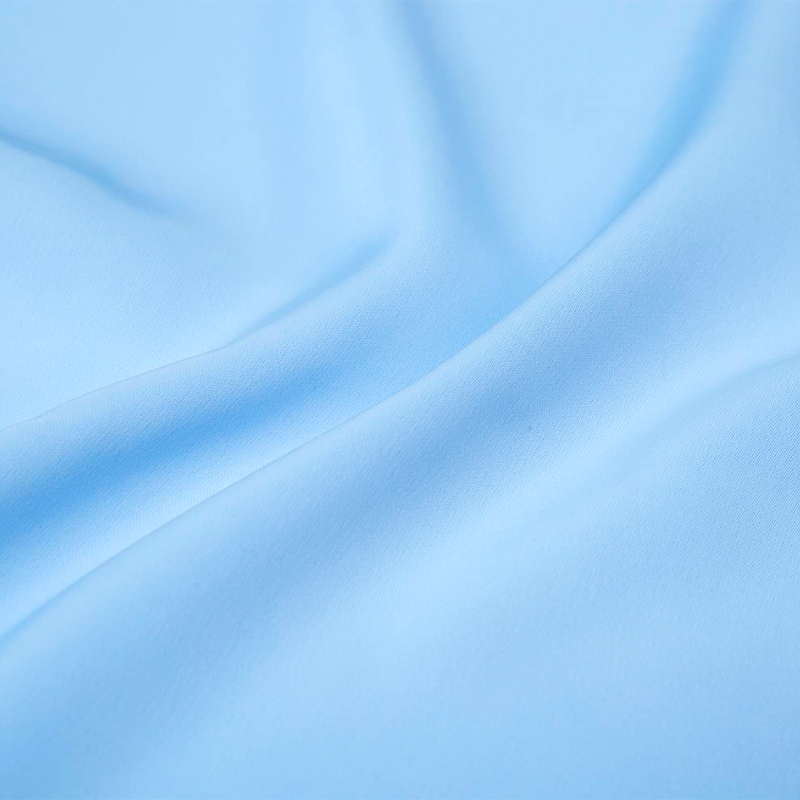Surface finishing processes such as calendering and mercerization are commonly used to enhance the luster of satin cloth fabric. Here’s how each process contributes to improving the fabric’s sheen and overall appearance:
Calendering:
Process Description: Calendering is a mechanical finishing process where the fabric passes through heated rollers under pressure. These rollers can be smooth or engraved with patterns, depending on the desired finish.
Effect on Luster: During calendering, the fabric's surface undergoes compression and smoothing. This process reduces surface irregularities and enhances the fabric's smoothness and compactness. As a result, light reflects more uniformly off the surface, creating a glossy or semi-glossy appearance. The degree of luster can be adjusted by varying the pressure and temperature applied during calendering, allowing for customization based on fabric type and end-use requirements. Fabrics treated with calendering often exhibit a luxurious sheen that enhances their visual appeal and perceived quality, making them ideal for applications where aesthetics are paramount, such as evening wear, drapery, and high-end upholstery.

Mercerization:
Process Description: Mercerization is a chemical treatment primarily applied to cellulose-based fabrics, such as cotton. The fabric is treated with a concentrated sodium hydroxide (caustic soda) solution, followed by a neutralization process. This treatment causes the cotton fibers to swell and straighten.
Effect on Luster: Mercerization significantly enhances the fabric's luster by altering the physical structure of the cotton fibers. The treatment increases the fiber's surface area and uniformity, improving its ability to reflect light. As a result, mercerized cotton fabrics exhibit a brighter and more lustrous appearance, often compared to silk. Beyond enhancing luster, mercerization also improves the fabric's strength, dye absorption, and dimensional stability. Fabrics treated with mercerization are prized for their silky sheen and luxurious feel, making them popular choices for high-quality apparel, linens, and fine textiles where both aesthetic appeal and performance are important.
These surface finishing processes, calendering and mercerization, play pivotal roles in transforming satin cloth fabric into a material that not only looks luxurious but also possesses enhanced tactile qualities and performance attributes suitable for a range of upscale textile applications.

.jpg)
.jpg)



.jpg)




